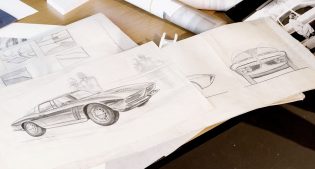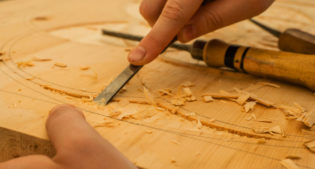In the article where I told the history of the Salone del Mobile I also touched on the dynamics that led to the start of the Fuorisalone. In fact, Milano Design Week is composed of both events and only telling one side of the story would be like having an Anna G corkscrew without a good bottle of wine to open with it.
There are thousands of things to tell you about this network of events in Milan. The time has come to tell you, we’ll do a quick skim over the main points 🙂
Let’s go!
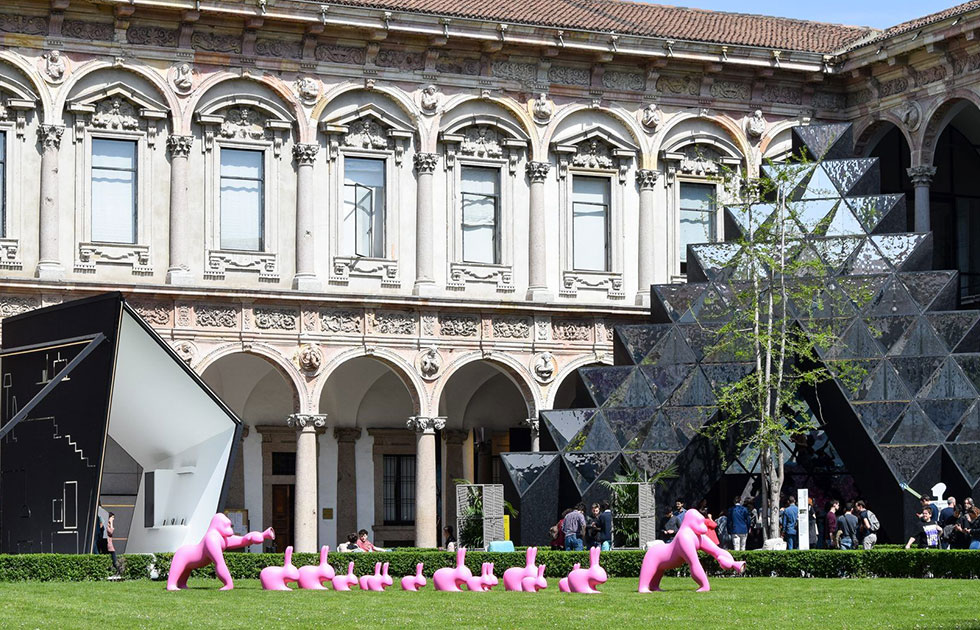
As I said in the article about the Salone, a series of initiatives orbiting around the Salone were spontaneously born, as far back as the seventies: a constellation of parallel events scattered around Milan, often promoted by the showrooms of the brands based in here.
First of all was Cassina, who used its central showroom in the same week as the Salone, with the aim of showing unusual products and entertaining guests in a more informal environment. This initiative laid the foundations for the subsequent synergy between the Fair and Milan, a unique and inimitable alchemy.
The formalization of this network of parallel events took place in 1991, the year in which the first official guide of the Fuorisalone was released, commissioned by Gilda Bojardi and published by Interni Magazine.
We could say that Bojardi was the “mother” of the Fuorisalone. It is she who created the logo and the wording “Milano capitale del design”.
This however, was really the institutionalization of the actual situation: already for some time the growth was palpable, their agendas were full with exhibitions, events, aperitifs and parties scattered throughout the city, the stories of which are lost to legend.
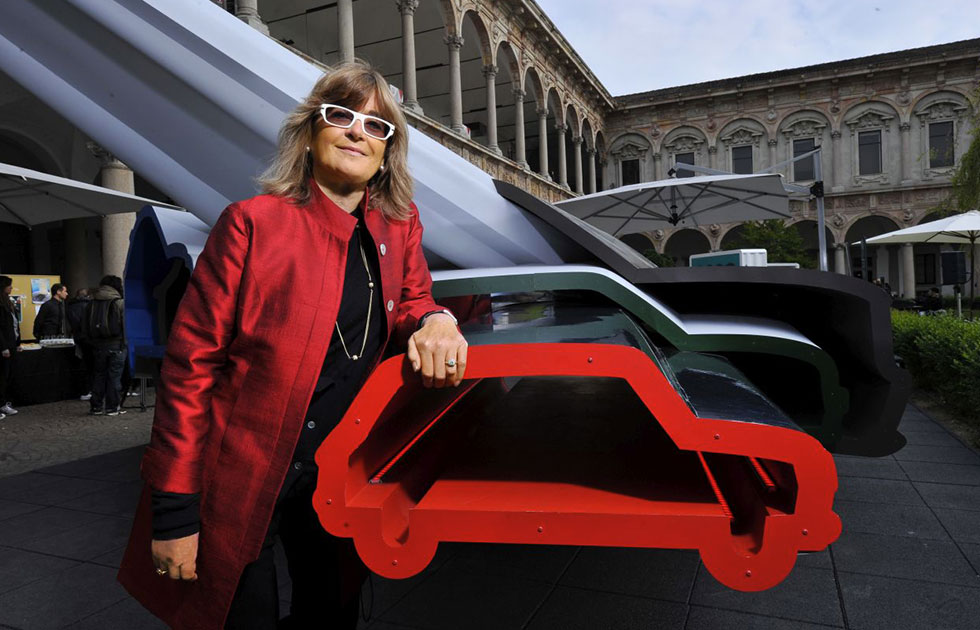
The Eighties, the years for “Milano da bere”, there was a swarm of exhibitions and galleries, accompanied by numerous social events. The key words were design, fun and entertainment.
In 1983, Abitare dedicated part of its magazine to what many already called the “Fuorisalone”: this gave the official approval and space for free expression in design, with no constraints, far from the typical rules of a commercial event, open to everyone, the industry, the passionate and the curious.
In addition to the mass of onlookers who flocked the streets and showrooms, young designers also came from all over the world: eager to make themselves known, they had little money but a lot of creativity.
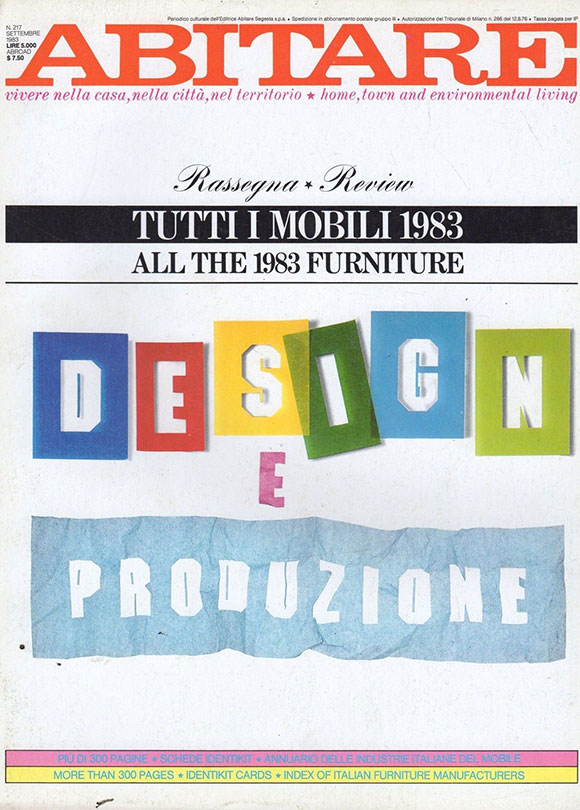
Between the late nineties and early two thousand, the evolution continued with the birth of the districts.
This time the pioneer is Cappellini, who promoted the events that soon become the highlight of the Fuorisalone: in via Tortona and at the Superstudio parties you could meet all the most important names in design and beyond.
At that point, everyone, including the designers and companies wanted to grab a space in that area: Luca Fois rode the wave and in 2001 he launched the project Zona Tortona, with the unmistakable red circle logo.
In the following years, other districts of the city joined the Tortona Design District: Brera, Ventura-Lambrate, San Babila, Porta Venezia, 5 Vie and Isola.
In 2018 Cappellini’s Superloft project at Superstudio created an imaginary but perfectly real home, with the participation of the most interesting designers and master craftsmen from the world of Made in Italy.
Visualizza questo post su Instagram
We said design, but another buzzword of the Fuorisalone is fun: the early two thousands coincides with a series of legendary parties, such as those of Domus, that were held in abandoned sheds via Mecenate which is now the home of Rai and the headquarters of Gucci.
In 2005 the location chosen by Domus was none other than San Siro. At the Meazza stadium, performances of every kind went on all night. In addition the Domus Circular initiative provided a microphone in the center of the stadium: here anyone could use the microphone taking turns and shout what they liked, a bit like a rock star!
After 2005, there were very few large parties, but in that year Cappellini decided they wanted to close in style with a great party at the palazzo delle Regie Poste.
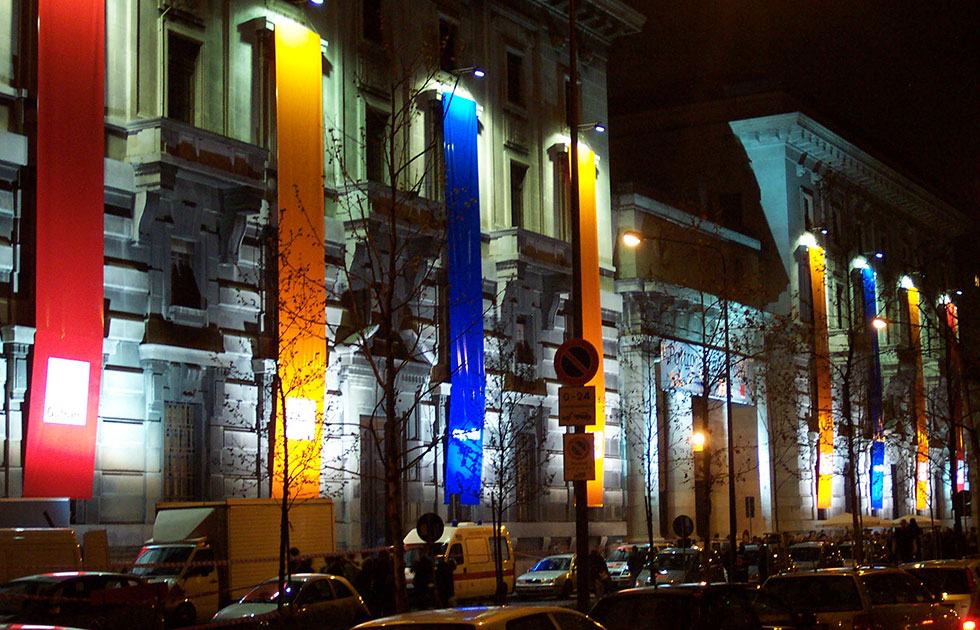
In the following years, the general trend was that of exclusivity: from old industrial warehouses they moved to special locations such as historic buildings in the center, with very few famous international guests invited.
As an example, the exclusive opening parties at Fuorisalone organised by Cassina used the Triennale as their location.
A couple of years ago I took part in the installation of Gubi in Palazzo Serbelloni. Here they used the historical setting to cradle modern design which made it rich in timeless iconic pieces together with new, modern pieces. Knowing how much I love contrast, you can imagine how much I loved it!
And how could I not tell you about Gufram, we all danced in its visionary Disco Gufram, a disco which has combined pop from the mid sixties with contemporary art objects. With its location being in a huge penthouse on the top floor of a central tower block in Milan.
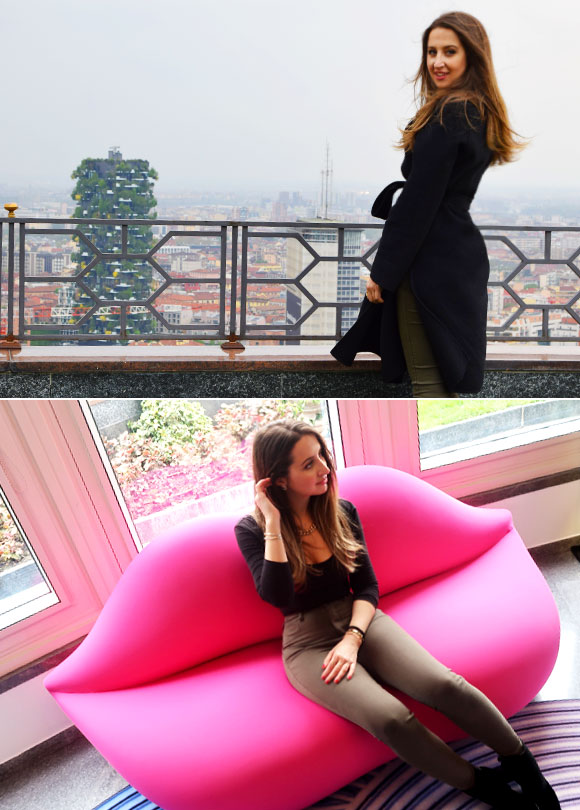
The importance acquired by Fuorisalone over the years is a fact. This event, the rebellious son, influences the performance of the Salone itself: just think that in 2009 the gruppo Poltrona Frau (which comprises of Cassina, Cappellini, Alias, Thonet and Gufram) chose to exhibit only at the Fuorisalone, and didn’t participate in the edition of Salone del Mobile that year.
After thirty years, the Fuorisalone is undoubtedly a highlight in the world of design, all thanks to the individual companies and designers, who create an experience that goes beyond the world of design, including sectors such as food, technology, fashion and art.
And who knows what’s in store for the future!
The Fuorisalone, in fact, is an ever changing event that always keeps up with the times and often anticipates change. Think, avant garde tension and creativity are pushing and for some time now there has been talk of a Fuori-Fuorisalone.
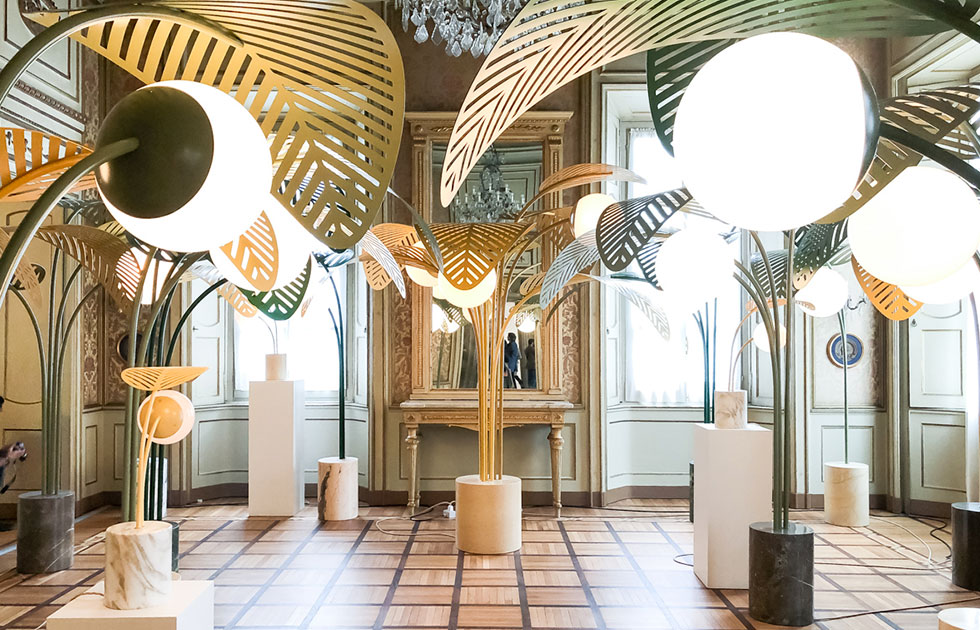
The Fuorisalone is a spontaneous explosion of democratic creativity that sets examples for fashion and art in every corner of the globe. In fact many have tried to copy Milano Design Week with positive results but never equaling that special alchemy that is created in Milan, the Salone and the Fuorisalone: they are undisputed reference points in the sector, models to inspire and magical experiences to live.
I can’t wait to get back there!
And you, what do you think of this fantastic network of events? Have you had a tour of the districts or perhaps been to one of the famous parties? Let me know your memories and experiences, leave me a message in the comments below or send me an email at [email protected]

